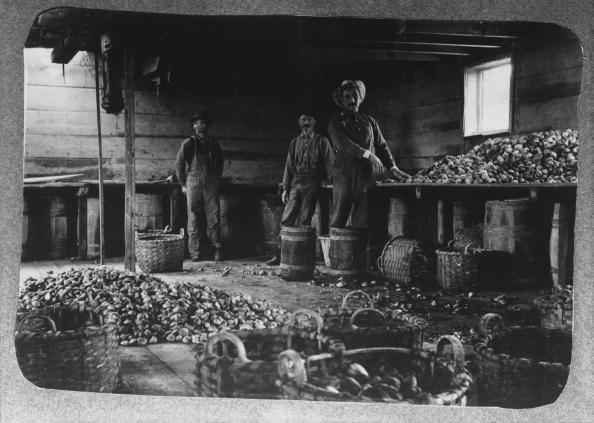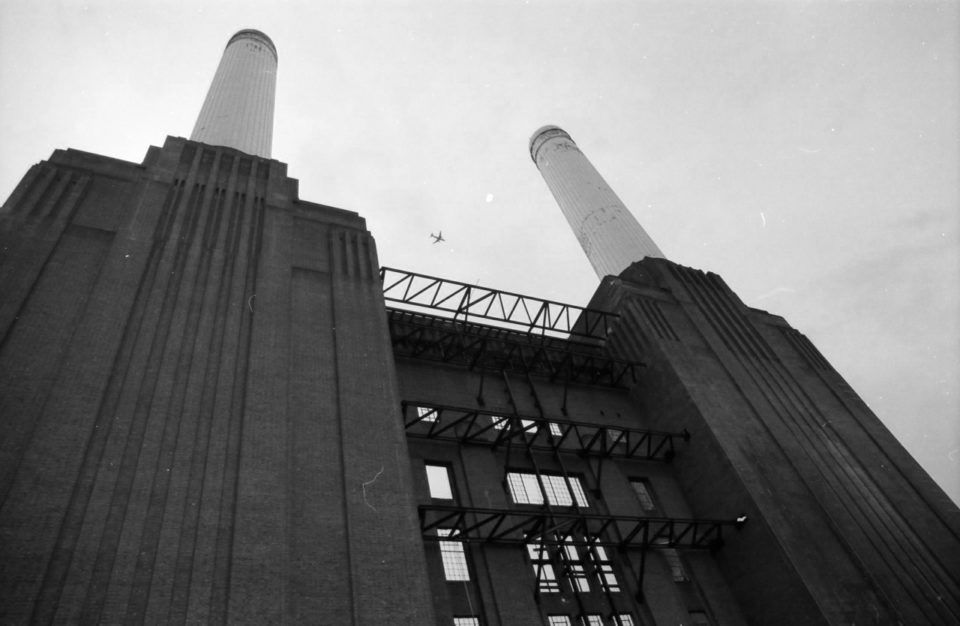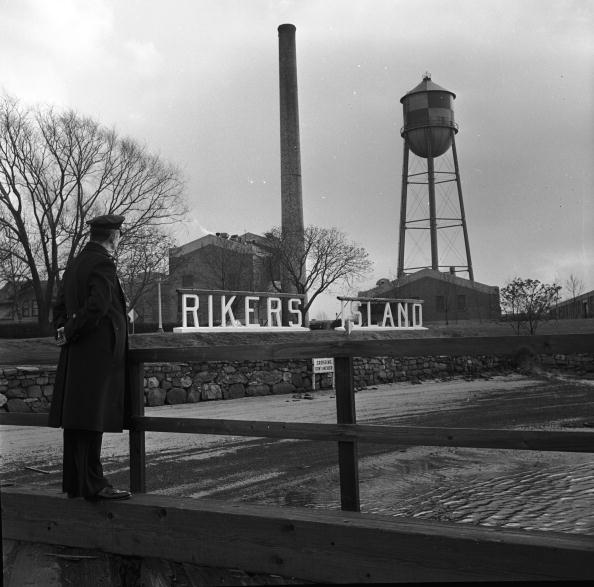Before New York became the financial capital of the world, it was the oyster capital. When Europeans arrived, New York was home to 350 square miles of oyster beds – almost half the world’s oysters. Pearl Street was named by the Dutch for the mountains of mollusk shells that had accumulated from centuries of Lenape Indians contentedly feasting on them.
Once, on a visit to the city, my father rode the Circle Line. He didn’t see a single oyster reef from its deck. He didn’t see Pearl Street, the original shore line of Manhattan, either. It’s 300 yards inland. In true New York style, that intervening distance was filled with trash and transformed into prime real estate. He did, however, spy a dead body bobbing in the lifeless wake of the boat.
The waters aren’t as perilous as when my father visited a few decades ago. Back then, if you fell in and were lucky enough to be rescued by hazmat suit-wearing paramedics, they would promptly pump you full of medication, stuff you into a contaminated materials bag, scoot you off to an isolation ward, and hope for the best.
Now, the long-distance swimming association, New York Open Water, hosts eleven events annually, including several ’round Manhattan races. But a doctor friend of mine who participates still prophylactically doses himself with an antibiotic cocktail before taking the plunge – just in case.
The New York State Department of Environmental Conservation lists dioxins/furans, polychlorinated biphenyls (PCBs), polyaromatic hydrocarbons (PAHs), metals (mercury, cadmium, lead) and pesticides (dieldrin, chlordane) as “the principal chemicals of concern”. Not to mention occasional radioactivity from the Indian Point power plant, which shuts down regularly to fix leaks that are always of “no concern”.
New Yorkers consume oysters by the boatload – half a million per week. Although they haven’t come from New York harbour in over a hundred years, their shells are ending up on its bottom. And that’s a good thing. A Who’s Who of over 50 restaurants are donating used shells to cultivate new oyster beds in the harbor as part of the far-sighted Billion Oyster Project.
Recycled shells provide the perfect surface for oyster larvae to grow on; a single old shell can foster 20 new oysters. So far, the Billion Oyster Project has restored 20 million oysters to the harbor, each one hard at work filtering over 50 gallons of water every 24 hours, something they can do for 12 years.
That leaves 980,000,000 to go before achieving the project’s 2035 goal. A daunting task, but plenty of help is at hand. The project has amassed an army of volunteers, including 3,000 students from more than 50 schools, with the New York Harbor School on Governors Island playing the pivotal role of running a hatchery to “spat” the recycled shells with Eastern oyster larvae and nurseries to cultivate them. Once in the harbor, other schools monitor the bivalves’ health at dozens of restoration stations dotting the shores of the boroughs. When mature, fully-formed clumps are transported to reef renewal sites to do what adults do (which for some Eastern oysters can involve a little gender swapping now and then) and eventually become self-sustaining.
This optimistic thinking is founded on the 1972 Clean Water Act, which regulated pollution discharges into the nation’s waters, and falls under the watchful eye of the federal Environmental Protection Agency. The EPA is now run by Scott Pruitt, a man who dismisses climate change and has a mandate to shred the agency to “tidbits”. Eastern oysters, when irritated, produce tiny pearls. Let’s hope the Billion Oyster Project isn’t casting them before swine.






